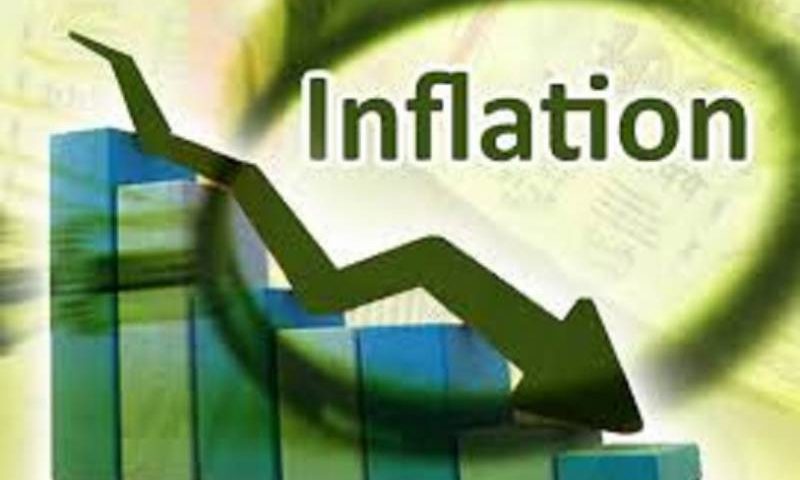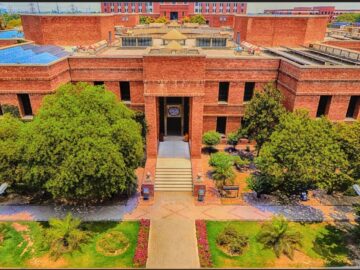
The inflation rate fell to 12.4 per cent in February from 14.6pc due to measures taken in reduction of prices of essential food items, leveraging hands of the federal government ahead of two key meetings that will review the impact of monetary policies on the economy.
Since July 2019 for the first time, inflation measured by the Consumer Price Index (CPI) has seen downward trend owing to a combination of measures, Based on a model new methodology,
In January, the inflation index had jumped to the nine-year high of 14.6pc.
The pace of inflation, including food, slowed down both in urban and rural areas. The PBS calculates the inflation index by monitoring prices of 356 commodities in 35 cities and 244 goods in 27 rural markets.
It has been observed that the prices of essential food items, especially vegetables and fruits, are higher in rural areas than in urban areas. In rural areas, the price of LPG cylinders used for cooking purpose has witnessed the highest-ever increase since 2013. The core inflation in urban areas increased from 7.9pc to 8pc and from 9pc to 9.4pc in rural areas.
With the arrival of crops, especially vegetables, in Punjab in March, it is predicted that food prices will come down further. The prices of tomato, onion, potato and other vegetables will come down in March.
Similarly, non-food inflation in urban centres was recorded at 9.1pc year-on-year, while it dropped by 0.9pc on a monthly basis. Non-food inflation in rural areas was 9.8pc year-on-year and dropped by 0.4pc on a monthly basis.
The slight decline in non-food inflation is mainly driven by a drop in oil prices over the past few months. The reduction in oil prices in March will lead to further drop in non-food inflation.











